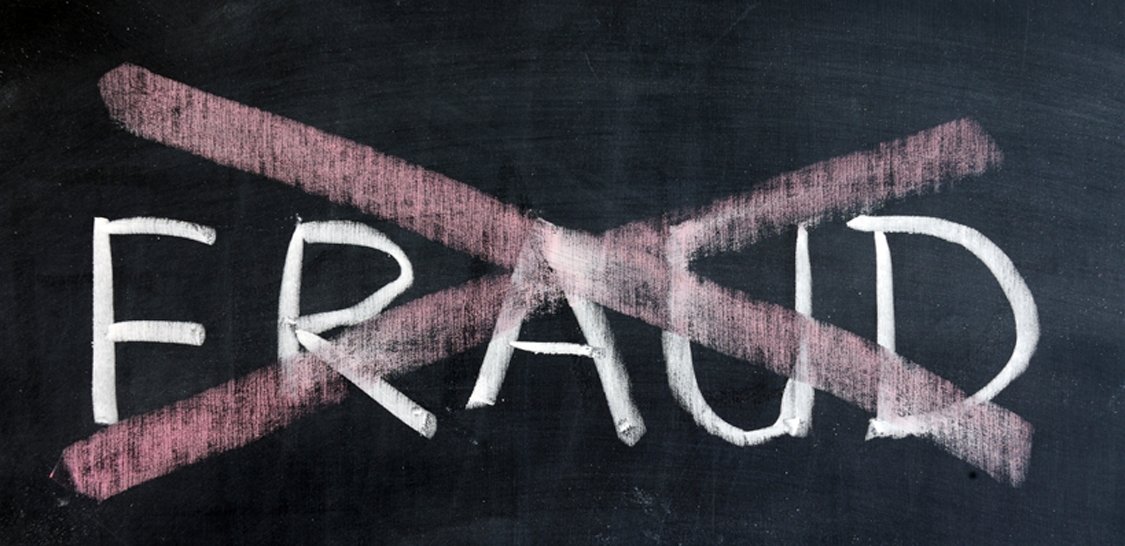Your business likely has safeguards in place to defend funds from outside theft, but protection from inside threats is just as important. Occupational fraud is a very broad concept, but it primarily falls into three categories: asset misappropriation, corruption and financial statement fraud.
Many times a perpetrator uses more than one method to commit fraud – some of the top tactics are billing, check tampering, skimming and payroll/expense reimbursements. Let’s examine how each method works, along with ways to detect and prevent it.
Billing schemes
- How it works: Examples include the use of shell companies, submission of false invoices for payment, generation of false purchase orders, use of incorrect payments to request returned checks, or personal purchases made with public funds or credit cards.
- How to detect it: Ongoing scrutiny of vendor lists, purchase orders and invoices can help root out duplicate payments or billing problems. It’s also important to reconcile the accounts payable ledger to the general ledger, to compare actual expenditures to the budget, and to request and review monthly statements from vendors.
- How to prevent it: Segregate duties between authorization, purchasing, receiving and accounting functions when possible. Conduct a thorough review and ongoing monitoring of receiving reports, purchases and inventory levels, vendor authorizations and payment codings in accounting records.
Check tampering
- How it works: Examples include concealed checks, forged endorsements, changed payee names, or other alterations to information on the check face.
- How to detect it: Review all voided/canceled checks, scrutinize checks payable to employees and verify supporting documentation for outstanding checks. Following up on vendor complaints for late payments and questionable payees or addresses may also help detect unusual behavior.
- How to prevent it: Distinct separation of duties in the accounts payable department can help reduce the opportunity for check tampering – make sure someone independent of the cash disbursement and purchasing functions opens and reviews monthly bank statements and cleared transaction lists. Other strategies include ensuring all checks are mailed immediately after signing, requiring dual signatures on checks and storing unused checks in a secure area requiring dual access.
Skimming
- How it works: Examples include unrecorded or understated revenues, stolen checks and altered account statements.
- How to detect it: Revenue account analysis, review of journal entries and control of inventory type items can help detect skimming activity.
- How to prevent it: Limit access to the general ledger, require review and approval of journal entries, add physical safeguards to assets and conduct independent reconciliation of accounts. Another tip is to have someone independent of the accounting function open incoming mail and place restrictive endorsements on checks received immediately upon opening.
Payroll/expense reimbursements
- How it works: Examples include falsified or overstated documents like time sheets or expense reports, or the continued payment of former employees (“ghost employees”).
- How to detect it: Analysis of payee addresses or direct deposit account numbers, expense accounts and reimbursements can identify inconsistencies. It may be useful to conduct comparisons of current payroll records versus past and present personnel files.
- How to prevent it: Institute a more thorough process for expense reimbursements, including requiring original supporting documentation. Another best practice is to restrict access to blank checks and the ability to set up direct deposits.
Shoring up your financial processes and operations against vulnerabilities can help make your company more fraud-resistant. RKL’s team of forensic accountants and certified fraud examiners can help. Call or email one of our local offices today to request more information.




